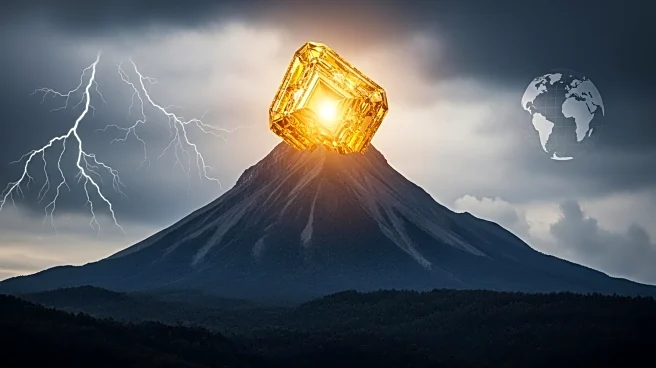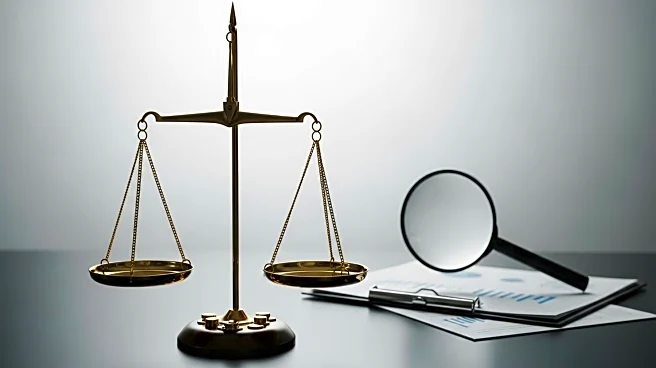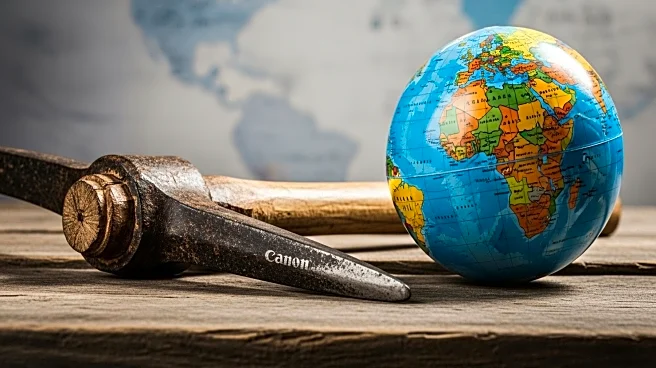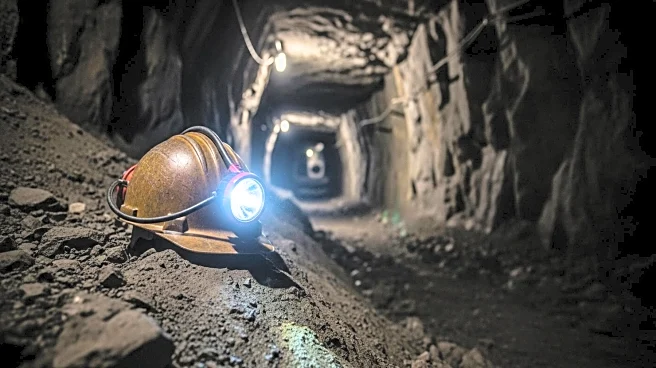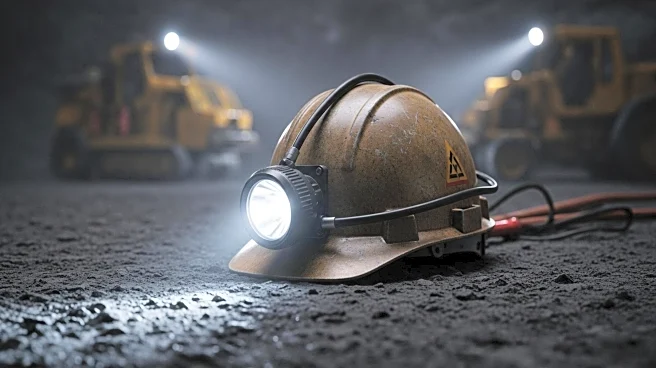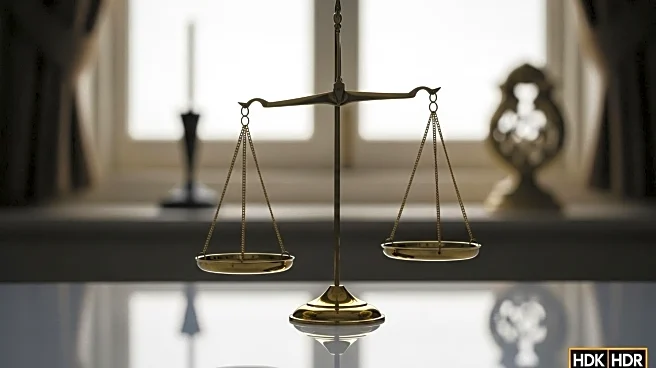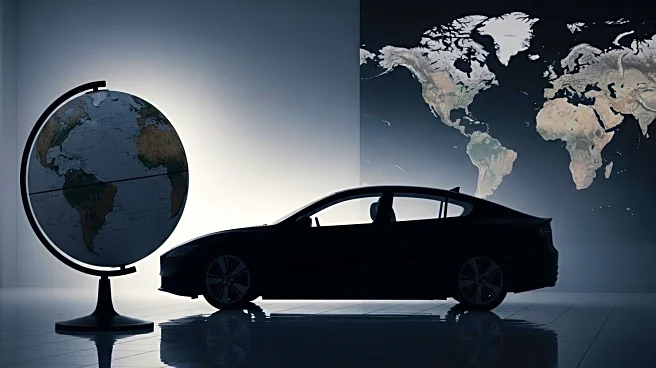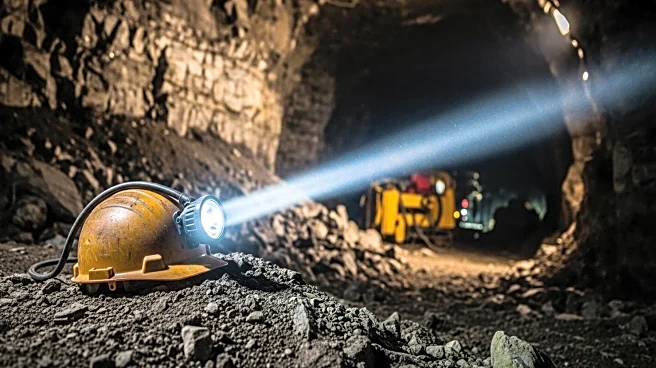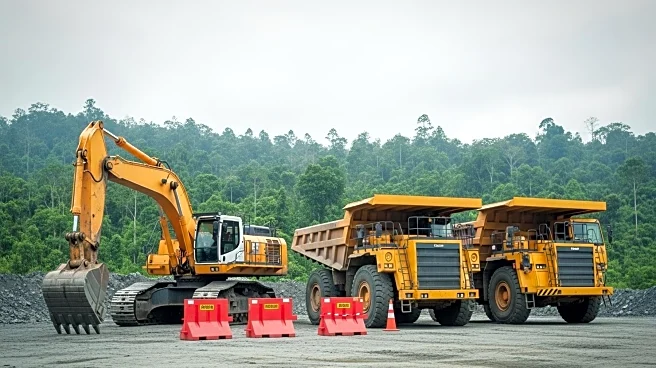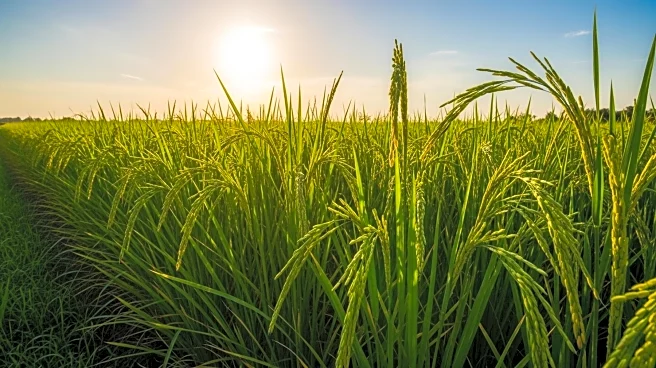What is the story about?
What's Happening?
The Grasberg Mine in Papua, Indonesia, known as the world's largest and richest gold mine, is facing significant environmental and political challenges. The mine, which holds an estimated $40 billion in gold and copper reserves, plays a crucial role in global markets. However, its operations are marred by environmental controversies, including the release of sediment and heavy metals into local rivers, and political tensions due to its location in a region with a history of unrest. These issues pose threats to the mine's sustainability and its impact on global economic stability.
Why It's Important?
The Grasberg Mine's challenges have far-reaching implications for global markets, particularly in the metals industry. As a major supplier of gold and copper, disruptions in its operations could affect global prices and market stability. The environmental concerns also highlight the ongoing debate between economic development and environmental preservation, raising questions about sustainable mining practices. Additionally, the political tensions in Papua could lead to further instability, affecting not only the mine's operations but also regional security and economic conditions.
What's Next?
The future of the Grasberg Mine will likely involve navigating complex environmental and political landscapes. Stakeholders may need to implement more sustainable practices to address environmental concerns and engage in dialogue with local communities to mitigate political tensions. The mine's continued operation is crucial for meeting global demand for metals, but achieving a balance between economic growth and environmental stewardship will be essential for its long-term viability.
AI Generated Content
Do you find this article useful?
